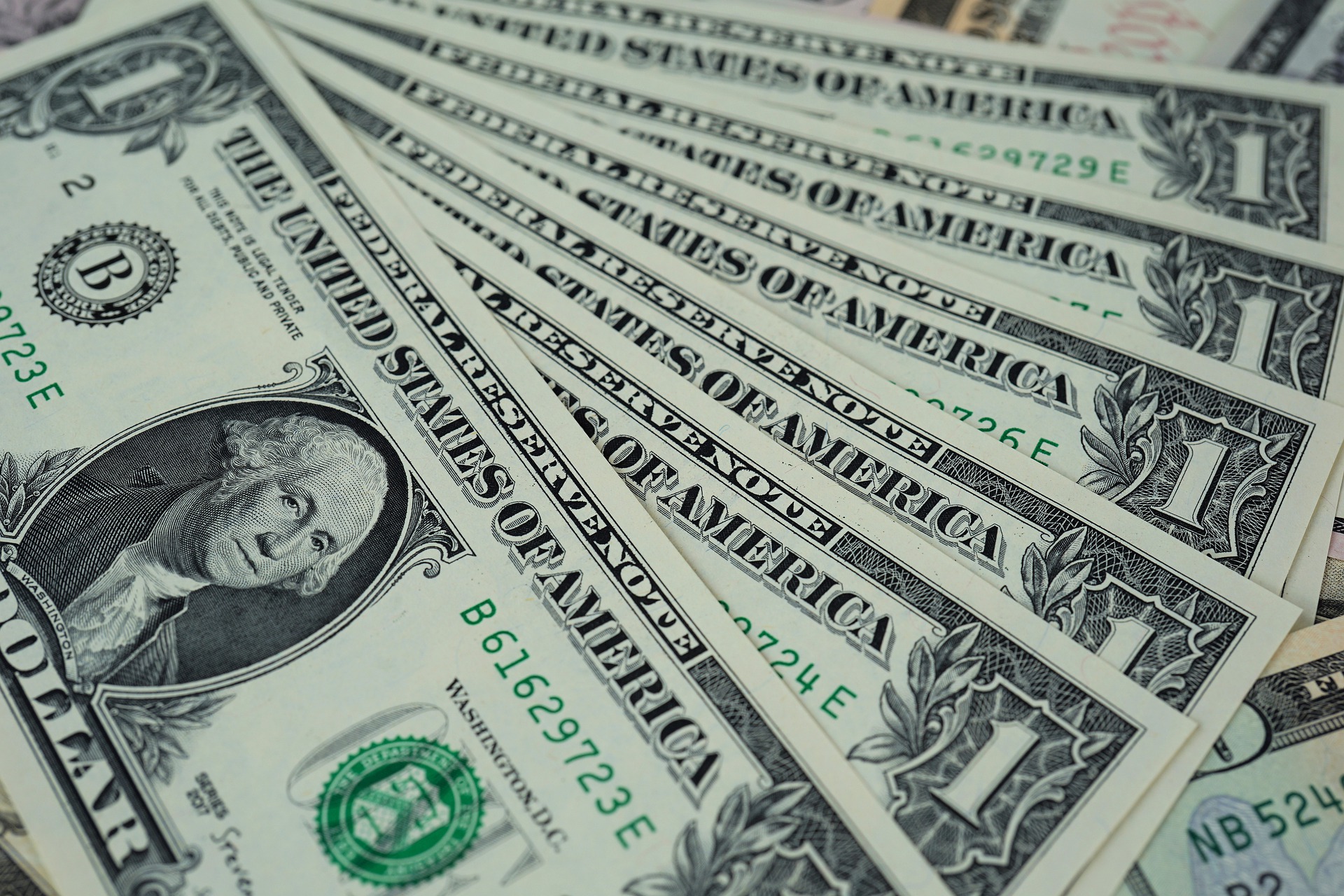The US Dollar Index is at the year’s high at 94.52 on September 30. After three days of pullback, the greenback is nudging back towards the 94.00 levels.

US Dollar Index Touches One-Year High at 94.50
The US Dollar Index rallied last week, surging above the 94 levels, which is a key resistance level. After touching the year highs, it saw a pullback towards 93.60 levels. However, on Tuesday, October 5, it is back at 93.91 levels.
The US Dollar shows relative strength against other currencies as it moves higher. The world’s reserve currency on the forex market is the most traded in the forex market. You can get to know the latest trend in the forex market with the Robinhood app that gives you live updates of the foreign exchange market. Traders in the forex market prefer to have access to live updates on the forex markets. The foreign exchange market is news-driven and moves sharply on political data and events, such as the covid cases, economic activity, and political conflicts.
The Delta variant is coming under control in the US, and the economy shows a slight rebound, which is a positive factor for the greenback in the foreign exchange market.
Talks ongoing between the US political party heads on the debt ceiling are dampening market sentiment. The Fed’s warning that the country may run out of funds by October 18 haunts the forex market.
Economic Recovery Seen Across Sectors Despite High Inflation
ISM Manufacturing PMI saw recovery from 59.9 to 61.1, above expectations at 59.6. The personal consumption expenditure price index surged 0.3%.
Consumer spending is higher at 0.8% in August. It accounts for 2/3rd of economic activity in the US. July data dipped 0.1%, but in August, it saw a 0.8% increase. The amount spent on food and household groceries was higher. Spending on recreational items has improved. Spending on utilities, healthcare, and housing has risen as people move out of their houses after months of staying indoors during the pandemic.
With coronavirus cases coming down, consumer spending shows improvement. Demand for travel and accommodation has gone up. Factories have started production, and businesses show improvement.
Earlier, Fed Chairman Jerome Powell said that inflation is transitory. But now, he says that some relief can set in soon. High inflation has brought down spending. Real consumer spending dropped 0.5% in July, revised from the 0.1% dip reported earlier.
Inflation remains high in August. It may hit consumer spending for the third quarter. Personal income has moved to 0.2% in August, while it was much higher in July at 1.1%. But with higher inflation, the spending power of the people has come down. Wages and salaries have gone up with a shortage in the labor market. Government social benefits contributed to a rise in personal income.
Factory orders have surged, with the demand for US goods increasing in August. Despite the shortage of raw materials and a sliding labor market, the manufacturing sector shows growth. Factory order growth is at 1.2% in August, against a 0.7% growth in July. Despite slowing economic growth in the country, factory orders gain momentum.
However, the manufacturing sector faces difficulty with supply chain disruptions hitting the market. The financial crunch in China may disrupt the supply chain further in the days ahead. Shortage in critical materials, increase in commodity prices, and transport delays have slowed down production during the pandemic days. The Institute for Supply Management states that there are innumerable hurdles that suppliers and companies deal with, though there is an increase in demand in the manufacturing sector.
Debt Ceiling Row in the US
The debt-ceiling row in Washington brought down the Dow Jones and the S&P Index lower on Monday. The Treasury market with $4 trillion short-term bills awaits an agreement from Congress to increase the debt ceiling. The US cannot miss debt payment, as it may bring a shutdown on Thursday and a huge crisis in the country.
The Republicans have not signed the bill to raise the debt limit. Republicans argue that Democrats should go alone to bring in budget reconciliation. The people of America blame the Democrats for the rising debt default.
Federal chairman Powell called on lawmakers to prevent a debt default and financial damage to the economy. A failure to raise the debt ceiling may bring damaging ramifications to the country.
Treasury Secretary Janet Yellen says that the US may run out of money by October 18. There is a risk of debt default with financial burdens rising.
The 10-year US yields are trading below 1.50%. The rise in Treasury yields has made the Dollar index move higher. The asset purchases may come down in November, states the Federal Reserve. The Fed has said that monthly bond purchases may come down by November. Interest rates will follow immediately.
EUR/USD Drops to 1.16 Levels
The sharp rally in the US Dollar Index pulled the Euro against the US Dollar lower, below the 1.16 levels last week. However, the EUR/USD exchange rate recovered above 1.16 levels and is trading at 1.1602 levels during trading hours on Tuesday, September 2021.